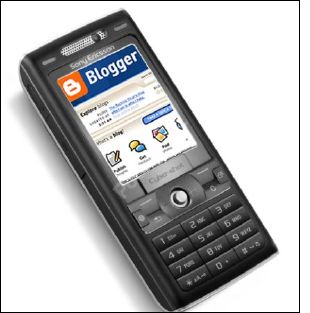
Therefore Nielsen suggested that to attract readers' attention, while writing for the web, web organisers should know a few guidelines which are:
- Be succint (short texts)
- Scannability
- Hypertext Structure
- Kanagu 2010, Kill or co-exist?: print media vs electronic media, viewed 22 August 2011, <http://kanaguonline.wordpress.com/2010/06/28/print-media-vs-electronic-media/>.
- Kress G & van Leeuwen, T 1998, 'Front pages: (the critical) analysis of newspaper layout', Approaches to media discourse, eds Bell, A & Garrett, P. Blackwell, Oxford, ch. 7, pp 186-219.
- Morkes, J & Nielsen, J 1997, Concise, scannable, and objective: how to write for the web, viewed 22 August 2011, <http://www.useit.com/papers/webwriting/writing.html>.
- Nielsen, J 1997, Writing for the web, viewed 22 August 2011, <http://www.useit.com/alertbox/9703b.html>.
- Nielsen, J 1999, Differences between print design and web design, viewed 22 August 2011, <http://www.useit.com/alertbox/990124.html>.
- Nielsen, J 2006, F-shaped pattern for reading web content, viewed 22 August 2011, <http://www.useit.com/alertbox/reading_pattern.html>.
- Reep, DC 2006, 'Document design', Technical writing:, ch. 6, pp. 133-172.
- Redshaw, K 2003, Web writing vs. print writing, viewed 22 August 2011, <http://www.kerryr.net/webwriting/guide_web-vs-print.htm>.
- Walsh, M 2006, 'The 'textual shift': examining the reading process with print, visual and multimodal texts', Australian Journal of Language and Literacy, vol. 29, no. 1, pp. 24-37.




















